The Das Keyboard 'Prime 13' & '4 Professional' Mechanical Keyboard Review
by E. Fylladitakis on January 10, 2017 8:00 AM EST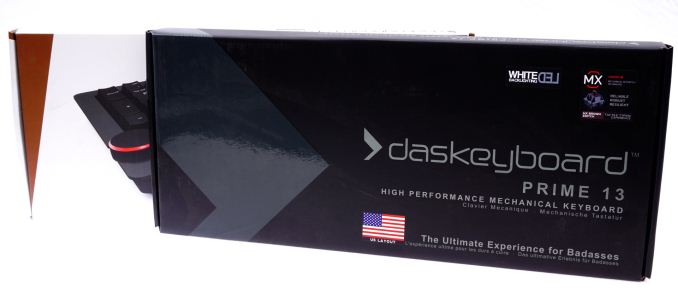
Mechanical keyboards have been in the spotlight over the past few years, with the market growing exponentially and dozens of companies designing and promoting myriads of new products. The technology itself is definitely not new, with the first mechanical keyboards coming out over three decades ago, but they quickly faded away after the introduction of electronic/membrane keyboards that were selling for a fraction of the price. Today, mechanical keyboards are high up on the list of extra peripherals that enthuaists are interested in purchasing for their PC systems.
Introduction
As manufacturing costs came down, mechanical keyboards started finding their way into the consumer market about a decade ago. While still much more expensive than typical membrane keyboards, their market prices were becoming relatively affordable for people that were willing to pay the premium price for a better user experience. At that time, the market was very limited and only a few companies dared to tread towards it, let alone base their foundations on it.
In this review we are taking a look at two mechanical keyboards from Das Keyboard, the renowned US-based designer of mechanical keyboards. While their first keyboard was not a mechanical keyboard, every keyboard after that first one was, and nowadays the whole brand name is essentially bound with the design and marketing of quality mechanical keyboards. The company has supplied us with both their highly popular Das Keyboard 4 Professional and their newest Das Keyboard Prime 13, which are of similar design but are targeted at different target groups.
Packaging and Bundle
Das Keyboard 4 Professional
We received the Das Keyboard 4 Professional in a wide, yet thin white cardboard box. The box itself is of good quality and, with the combination of additional cardboard packaging and polyethylene foam pieces inside it, it is offering excellent shipping protection to the keyboard.
We found no bundle inside the box of the Das Keyboard 4 Professional. Considering that it is a product targeted towards professionals, the company rightfully does not expect them to worry about fancy items such as stickers. A keycap puller would be nice, if only for cleaning purposes. On the other hand, inside the box we found a 35 cm ruler, which doubles as a magnetic tilt stand for the keyboard. Although the presence of a ruler is not a breakthrough innovation, it certainly was rather creative for the designer to replace the keyboard's simple tilt mechanism with an item that can actually be of some use one day in the office.
Das Keyboard Prime 13
The box of the Das Keyboard Prime 13 is of equal size to that of the Das Keyboard 4 Professional, offering the same level of shipping security. The artwork and the aggressive phrasing however clearly hint that this keyboard has an somewhat different market focus.
Inside the box we found a quick start guide with very basic information about the keyboard and a keycap puller. There is no ruler here, the Prime 13 is a standard design with feet for tilt.


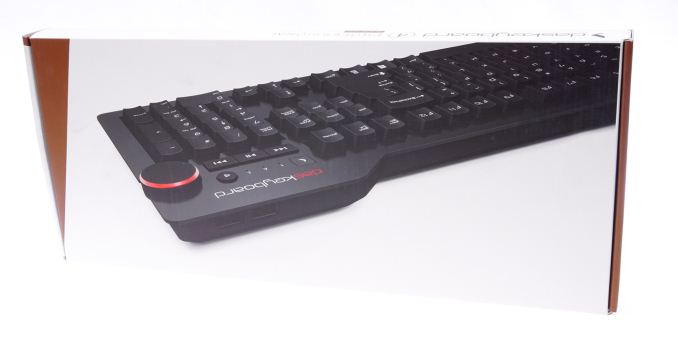
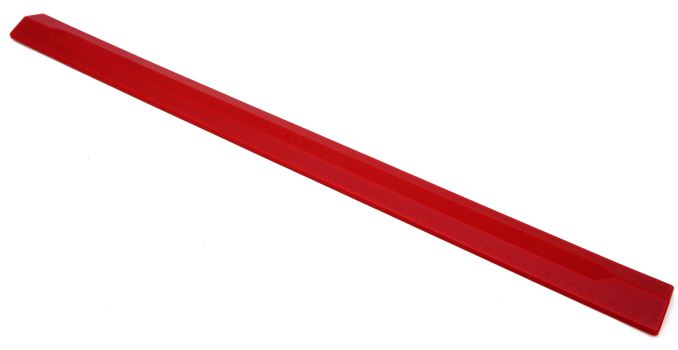
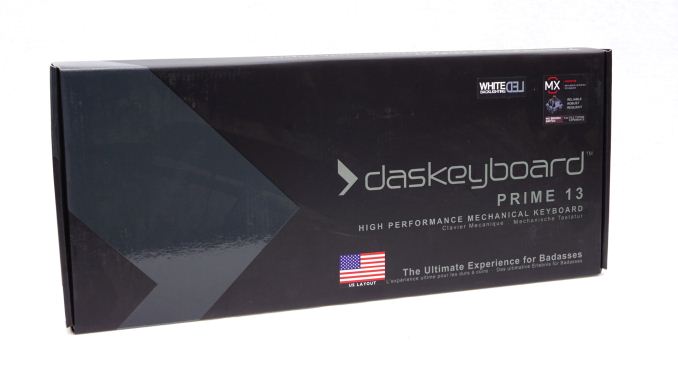
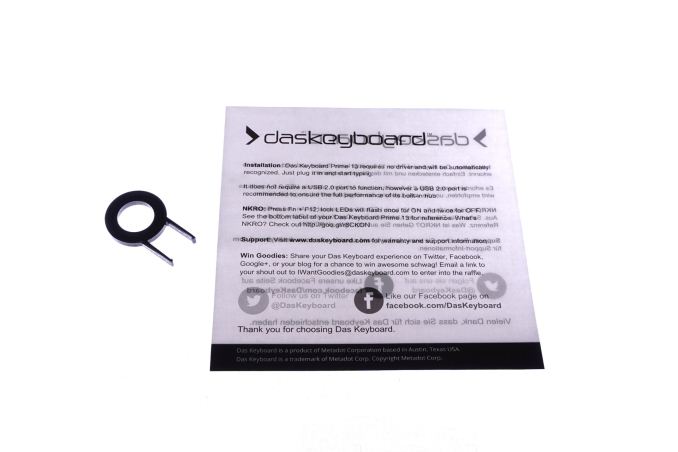








58 Comments
View All Comments
Zan Lynx - Wednesday, January 11, 2017 - link
I noticed a thing in the article that I missed before. The author wrote, "programmers tend to reprogram certain keys to insert ready, frequently repeating code" and I have to say, "No, we don't."We have editors for that. Programmable editors, because we are programmers. Java editors like Eclipse get extensions in Java. Atom in Javascript. Emacs in elisp, VIM in vimscript, LUA or Python. Etc.
No one bothers writing macros for their keyboard. That would be incredibly limiting and a dumb idea.
E.Fyll - Wednesday, January 11, 2017 - link
Well, you don't actually need to write a macro if the software allows you to just copy-paste your code into it. :)Depending on what exactly that is you do, sure you can be using macros to insert common, repeating commands and very efficiently so. I know quite a few people who do that myself. No matter how good the editor is, the code is not going to write itself. For example, Eclipse will create your packages and classes, but it won't start adding things like fields, declarations and strings. Why type "//fields - private field 1/2/3/4...X" when you can just insert it and then just type the field names, then do the same with Constructors and CTRL+Space your way through the code from then on? Unless if Eclipse got a lot smarter since I last used it, and that was several years ago, you certainly need to start typing a lot of repetitive commands when you need to program something.
Programming aside, I even do it when I expect a piece of text, even if it is just a name or cell code, to repeat itself many times in whatever what I'm working on is. I just insert it as a macro by pasting it into the keyboard's software and then just press that button whenever I need to.
Do not mistake that with having the keyboard insert huge chunks of text/code for you; well, at least not if you don't have some weird repeating template that you work on all the time for some very strange reason.
E.Fyll - Wednesday, January 11, 2017 - link
"...in whatever what I'm working on is."And I'm not even drunk.
"...in whatever I'm working on."
Wolfpup - Wednesday, January 11, 2017 - link
Thanks for the review! I've been using mechanical keyboards for some years now, thanks to this site, as the membrane keyboards kept getting worse and worse by the year.I like that Das Keyboard has media controls on their keyboards now-that was the one thing preventing me from buying one before.
I've only used Cherry MX Brown, so it's possible I'd like something else better, but I like them a lot and don't plan on ever using a keyboard that doesn't use Cherry MX.
I'll definitely look at Das Keyboard next time I buy! (Among other things, I've got two Razer keyboards, but they switched from Cherry MX to some offbrand thing they of course claim is better, so I'm done with Razer...)
FunBunny2 - Thursday, January 12, 2017 - link
one note on mechanical keyboards, particularly the Model M and current clones. the M is a membrane keyboard, meaning you have to bottom the key to get the character. Cherry type switches don't require full stroke, and are sometimes credited with being easier on the hands. I worked on Ms for years, and then membranes when I had to. I'm typing on a Das and have been for some years, and still haven't lost the habit of bottoming the stroke.oneoff - Friday, January 13, 2017 - link
The Model M is most assuredly NOT a membrane keyboard.It is an ancient design that uses buckling springs.
FunBunny2 - Saturday, January 14, 2017 - link
-- The Model M is most assuredly NOT a membrane keyboard.it absolutely is. the buckling spring is just the actuation. the "switch" is embedded in a membrane at the bottom: https://en.wikipedia.org/wiki/Model_M_keyboard#Des...
note the animated little thingee on the right.
helvete - Tuesday, February 7, 2017 - link
"This can be very handy for quickly putting a PC to sleep/lock and then waking it up from the keyboard without having to reach for the tower..."I don't see this as an advantage, because:
- you can always set up "Power on by keyboard" settings in BIOS
- and it is _very_ inconvenient to hit a key like this by accident